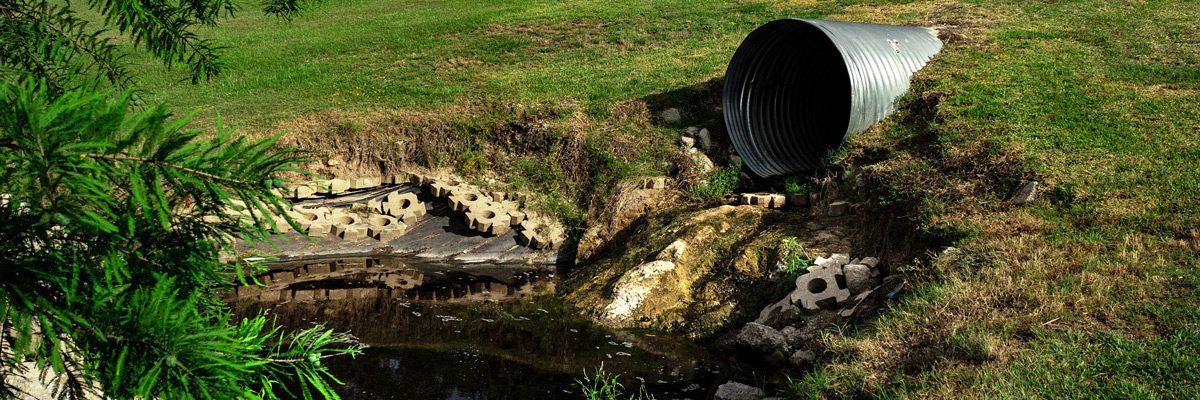I am embarrassed to say that I have never heard of a mist shower. So I am putting this up as a very very long public service announcement. But if everything it says is true, I gotta get me one. It should be amazing.
https://www.lowtechmagazine.com/2019/10/mist-showers-sustainable-decadence.html
« How to Make Wind Power Sustainable Again | Main
Mist Showers: Sustainable Decadence?
The daily shower would be hard to sustain in a world without fossil fuels. The mist shower, a satisfying but forgotten technology which uses very little water and energy, could be a solution. Designer Jonas Görgen developed a do-it-yourself kit to convert almost any shower into a mist shower and sent me one to try out.
The Carbon Footprint of the Daily Shower
The shower doesn’t get much attention in the context of climate change. However, like airplanes, cars, and heating systems, it has become a very wasteful and carbon-intensive way to provide for a basic need: washing the body. Each day, many of us pour roughly 70 litres of hot water over our bodies in order to be “clean”.
This practice requires two scarce resources: water and energy. More attention is given to the showers’ high water consumption, but energy use is just as problematic. Hot water production accounts for the second most significant use of energy in many homes (after heating), and much of it is used for showering. Water treatment and distribution also use lots of energy.
In contrast to the energy used for space heating, which has decreased during the last decades, the energy used for hot water in households has been steadily growing. One of the reasons is that people are showering longer and more frequently, and using increasingly powerful shower heads. For example, in the Netherlands from 1992 to 2016, shower frequency increased from 0.69 to 0.72 showers per day, shower duration increased from 8.2 to 8.9 minutes, and the average water flow increased from 7.5 to 8.6 litres per minute. [1]
In many industrial societies it’s now common to shower at least once per day
:}
Go there and read and read and read. I may never take a shower again. More next week.
:}
